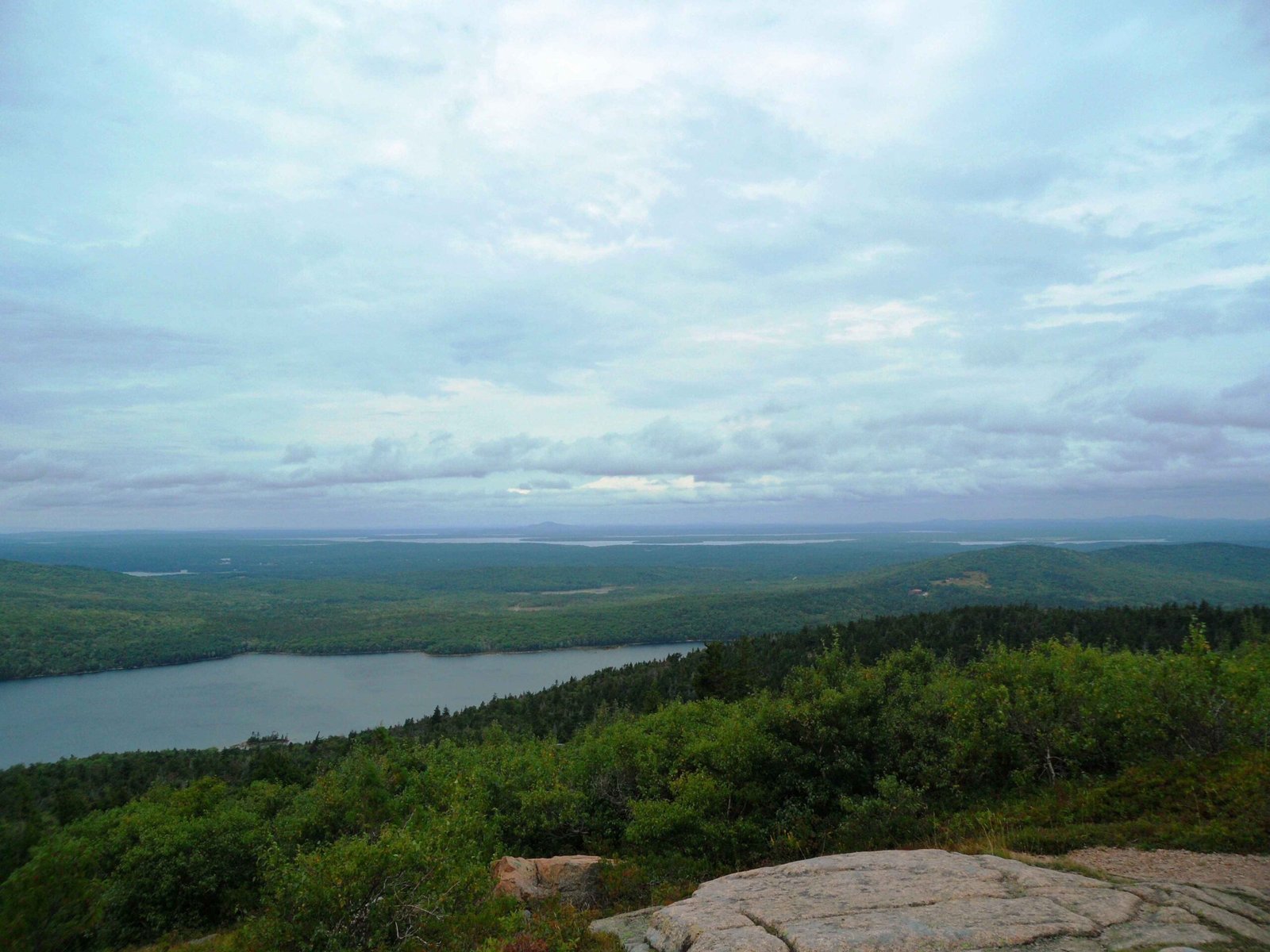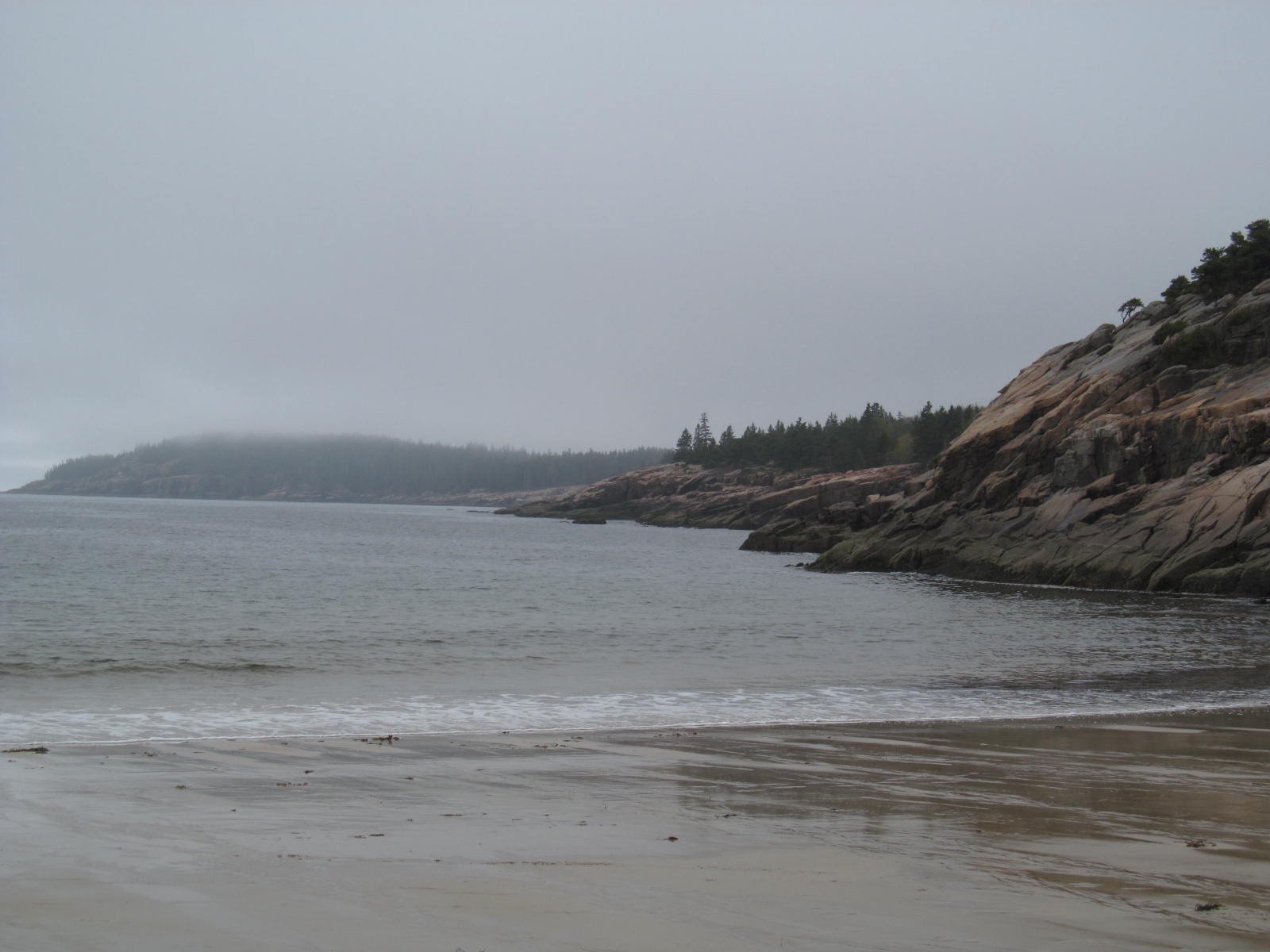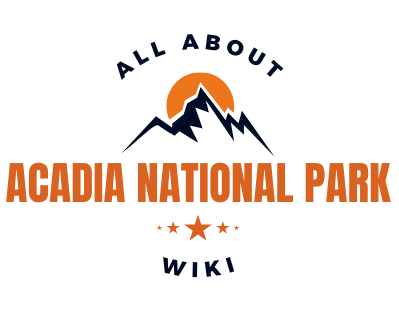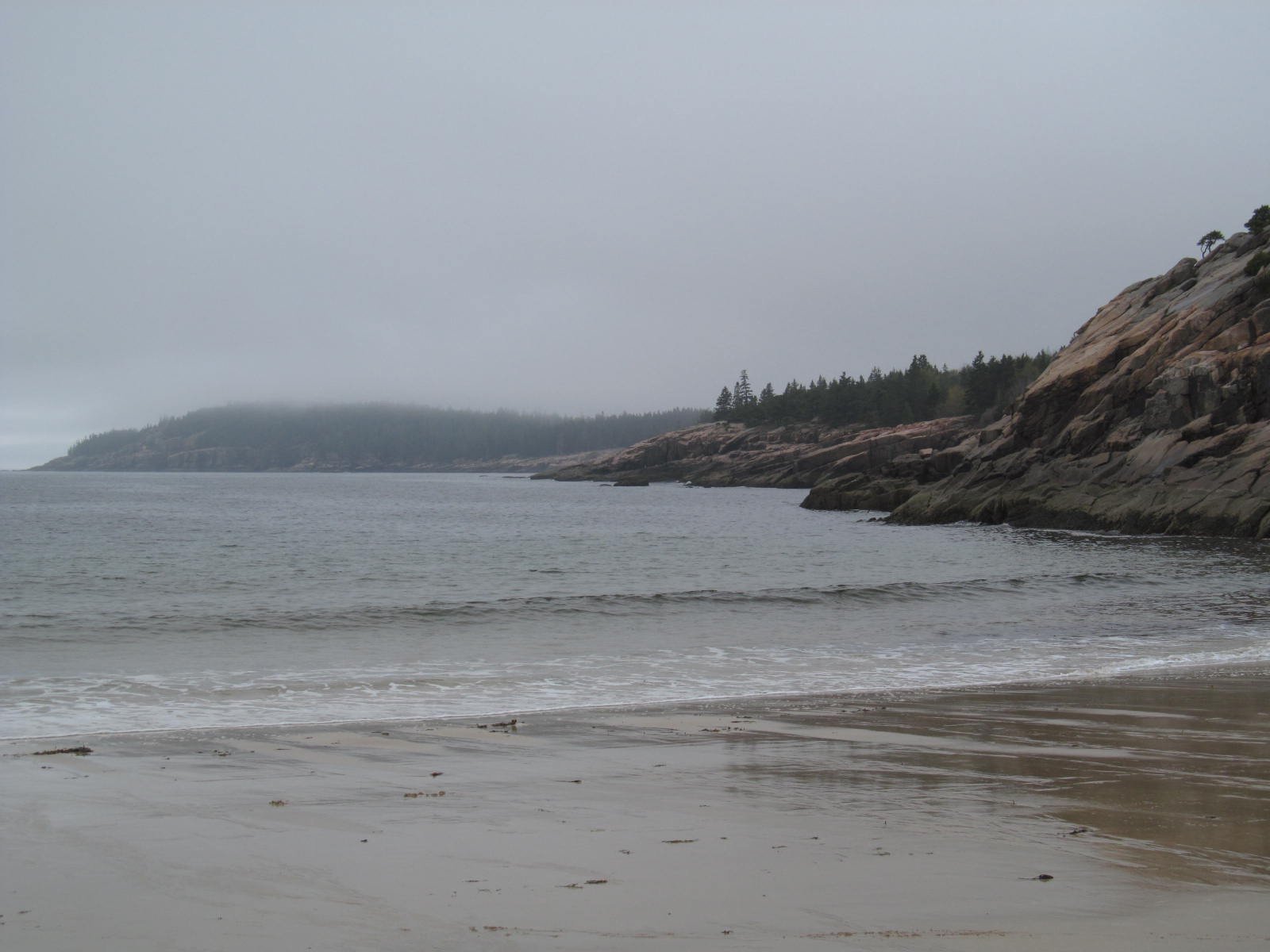Acadia National Park rock climbing permit is required for organized groups of 6 or more people sharing the same affiliation at Otter Cliffs from the Friday before Memorial Day to Labor Day. The permit costs a non-refundable $6.00 reservation fee and can be reserved up to 7 days before the climbing date. An Acadia National Park entrance fee is also required. Climbers must adhere to specific regulations, including group size limits and seasonal restrictions to protect nesting birds.
What Are the Requirements for an Acadia National Park Rock Climbing Permit?

To obtain an Acadia National Park rock climbing permit, you need to meet the following requirements:
- Group Size: Permits are required for organized groups of 6 or more people sharing the same affiliation (business, school, church, club, etc.).
- Location: The permit is specifically for climbing at Otter Cliffs.
- Time Period: Permits are required from the Friday before Memorial Day to Labor Day.
- Reservation Fee: A non-refundable $6.00 fee is charged for each permit.
- Advance Booking: Permits can be reserved and printed up to 7 days before the climbing date.
- Park Entrance Fee: All climbers must pay the Acadia National Park entrance fee and display a valid park pass in their vehicles.
How Can You Apply for an Acadia National Park Rock Climbing Permit?

Applying for an Acadia National Park rock climbing permit involves the following steps:
- Visit the official National Park Service website for Acadia National Park.
- Navigate to the climbing permits section.
- Select your desired date (up to 7 days in advance).
- Pay the $6.00 non-refundable reservation fee.
- Print or save your permit.
Remember that once printed, the permit cannot be changed, and there are no rain checks or credits available.
What Are the Climbing Regulations in Acadia National Park?
Acadia National Park has specific regulations for rock climbing to ensure safety and protect the environment:
Prohibited Areas and Seasonal Restrictions
- Climbing is prohibited in areas closed to protect nesting bird species, particularly peregrine falcons.
- These closures typically occur between early April and mid-August.
- Affected areas include the Precipice parking lot wall, Jordan Cliffs, and Beech Cliffs.
Fixed Protection and Route Development
- Creating new routes by installing fixed protection (including bolts and pitons) is prohibited without prior written approval from the park superintendent.
- Route cleaning is also not allowed without permission.
Other Restrictions
- Climbing and bouldering are prohibited on all park bridges.
- Dogs are not allowed in climbing areas.
What Safety Guidelines Should Climbers Follow in Acadia National Park?
Climbers in Acadia National Park should adhere to the following safety guidelines:
- Weather Awareness: Check weather forecasts before climbing, especially for areas like Otter Cliffs and Great Head, where high tides or surf can be dangerous.
- Tidal Considerations: Be aware of tide schedules when climbing in coastal areas.
- Personal Responsibility: Climbers are responsible for their own safety and must evaluate fixed protection and rappel stations cautiously.
- Reporting Concerns: Any safety issues should be reported to park authorities.
- Group Size: Limit groups to 12 people or fewer, including guides and instructors, to minimize environmental impact and maintain a quality climbing experience.
When Is the Best Time for Rock Climbing in Acadia National Park?
The optimal seasons for rock climbing in Acadia National Park are:
- Late Spring: May to early June
- Early Fall: September to October
These periods offer more favorable weather conditions and fewer visitors compared to the peak summer months. However, climbers should always check current weather forecasts before heading out, as conditions can change rapidly.
Which Areas in Acadia National Park Require Climbing Permits?
While Acadia National Park offers various climbing locations, permits are specifically required for:
- Otter Cliffs: From the Friday before Memorial Day to Labor Day for organized groups of 6 or more people.
Other popular climbing areas in the park include:
- The Precipice
- South Bubble
- Great Head
Although these areas don’t require specific permits, they are subject to the general park regulations and seasonal closures for bird nesting.
How Can Climbers Access Different Climbing Areas in Acadia National Park?
Access to climbing areas in Acadia National Park varies by location:
- Otter Cliffs:
- Located on the southeast part of Mount Desert Island
- Accessible via Park Loop Road
-
Parking available near the cliffs
-
The Precipice:
- Access via park trails
-
Parking area available at the trailhead
-
South Bubble:
- Reached by hiking trails
-
Parking at the Bubble Rock parking area
-
Great Head:
- Access from Sand Beach or the Great Head parking area
Climbers should always check current park information for any temporary closures or access restrictions before planning their trip.
What Additional Information Should Climbers Know About Acadia National Park?
Here are some key points for climbers to remember:
- Entrance Fees: All visitors, including climbers, must pay the Acadia National Park entrance fee.
- Leave No Trace: Practice Leave No Trace principles to minimize environmental impact.
- Emergency Services: Familiarize yourself with local emergency services and carry appropriate communication devices.
- Guided Trips: Consider hiring a local guide service for safer and more informative climbing experiences.
- Seasonal Variations: Be prepared for changing weather conditions, especially in shoulder seasons.
By following these guidelines and obtaining the necessary Acadia National Park rock climbing permit when required, climbers can enjoy a safe and responsible experience in one of America’s most beautiful national parks.
References:
1. A Guide to Seasonal Rock Climbing in Acadia – What Every Climber Should Know
2. Climbing Permits – Acadia – National Park Service
3. Climbing – Acadia National Park (U.S. National Park Service)

